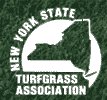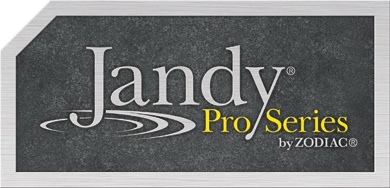First of all, if you’re reading this, you may have some soggy problems on your hands — sorry to hear it! Maybe you have groundwater issues. Perhaps surface water is your pain point. So a drain is in your future. But what kind? French, trench, slit or swale? And how is anybody supposed to know the difference?
The main difference between the two is that French drains capture and remove groundwater while trench drains quickly remove surface water before it can saturate the ground.
Here’s a closer look at each type of drain.
Taking your backyard to the next level begins by contacting us here or with a simple phone call to Neave Storm Water at one of our three convenient locations:
-
In the Hudson Valley NY, area, call 845-463-0592.
-
In Westchester County NY, dial 914-271-7996.
-
In Fairfield County CT, contact us at 203-212-4800.
What is a French Drain?
Not quite as exciting as French fries, French toast or French kisses, the French drain is used to remove groundwater.
Before you start conjuring up images of the Eiffel Tower, you should know the French drain has nothing to do with France.
It was invented back in the 1800s by Henry Flagg French, the first president of the Massachusetts Agricultural College (now the University of Massachusetts Amherst), a judge, lawyer and agriculturalist.
How Pipeless French Drains Work
French drains are trenches covered with gravel or rock. They contain a perforated pipe that redirects surface water away from a specific area to a septic tank or drain field.
Most homes will have French drains built around the external sides of the foundation, or have them installed underneath the basement floor on the inside perimeter of the basement.
Then, when heavy rainfall hits, your home is protected from sub-surface water collection, and water is directed away from any area of your property that’s underground.
Because French drains are buried underneath earth or rocks, they’re out of view.
French drain systems can typically operate untouched for up to 10 years, but they require regular inspection. A clogged French drain pipe can lead to flooded basements and other problems.
What is a Trench Drain?
While French drains deal with water that’s underground, trench drains divert excess water away from the surface.
Trench drains are usually lined with concrete and sloped appropriately to take advantage of gravity. Steel grates or other filters are used to cover the trench drain to keep it from getting clogged with debris.
These drains are great for managing excess rainwater and stormwater in concrete areas such as parking lots, sidewalks, and driveways.
They’re also popular around pool edges since they capture water that drips off of swimmers and redirects it to the desired location without allowing water to collect where you don’t want it.
Trench drains are great for business property owners because they work well in multi-level parking garages, high traffic walkways, and busy entrances.
Let Neave Tackle Your Drainage Needs
A Neave Storm Water technician can help figure out which type of drain is best for your property. Neave Storm Water expertly installs new and inspects existing drains — both French and trench.
We’ve worked in the New York and Connecticut area for decades so we’re familiar with the legal requirements in your area for drains. Neave Storm Water will work to collect the permits for you and ensure that your drain is built to code.
Then, once your drain is installed, we’ll handle regular maintenance so that your French or trench drains always work at an optimal level.
If you’re in the Hudson Valley, call us at (845) 463-0592. If you’re in Westchester County, call (914) 271-7996; from Connecticut, dial (203) 212-4800. Or, fill out our simple web form, and we’ll contact you about setting up your free consultation.
























